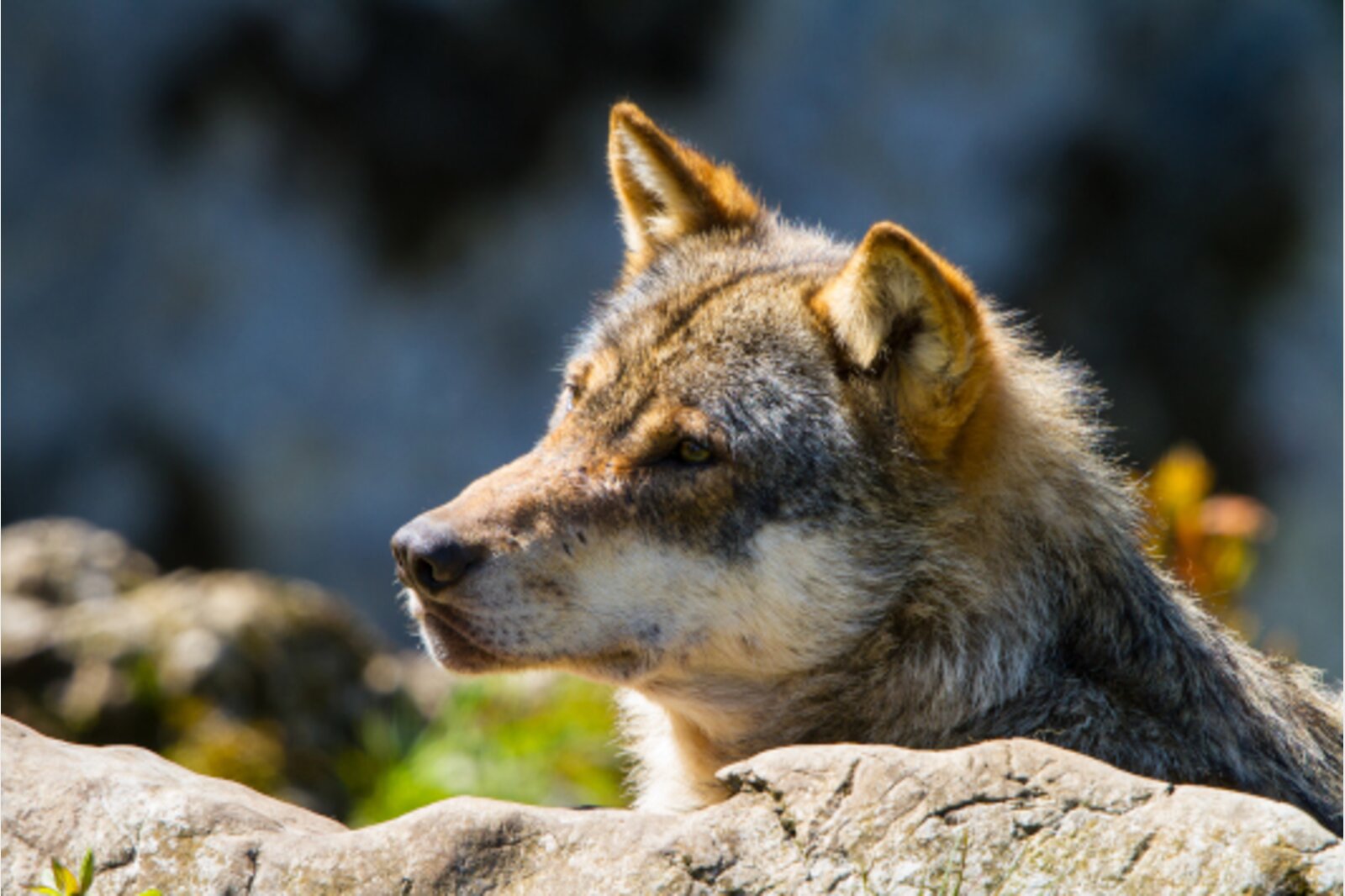Press release regarding judgment A-4634/2021
Wolves of the Stagias pack may not be culled
In summer 2021, wolves killed a total of eleven sheep on the Alp Lavaz. But because three of the sheep were killed outside the protected pastureland, the Federal Administrative Court confirmed the decision of the Federal Office for the Environment not to permit the culling of three young wolves from the pack.

The Stagias wolf pack has been in the Surselva region, in the area of the Tujetsch, Disentis/Muster, and Medel/Lucmagn municipalities, since 2020. It is one of five identified wolf packs in the canton of Graubunden. According to cantonal authorities, the pack consists of two parent animals and six pups born in 2021.
In summer 2021, the pack killed a total of eleven sheep on four different days on the Alp Lavaz above Disentis. Alp Lavaz is in the pack’s territory. To avoid further loss of livestock, the canton of Graubunden applied to the Federal Office for the Environment (FOEN) for permission to cull three young wolves. The FOEN issued a negative decision which the Canton then appealed before the Federal Administrative Court (FAC).
Different methods of calculating protected pastureland
In the case at hand, it was at dispute whether the losses had attained the minimum threshold of ten sheep. That depended on whether, when the sheep were attacked by the wolves, they were on land that was protected by reasonable measures. If that was not the case, then following the “prevention before regulation” rule, they would not count in the damage assessment. The FOEN only counted eight sheep in the loss. For its part, the Canton acknowledged that one of the sheep had been attacked outside the protected area. There was disagreement, however, about the two remaining dead sheep.
Last year, about 750 sheep were on the Alp Lavaz for the summer. They were protected by a night pen – a fenced-off area with electrified nets 105 cm high – and livestock guardian dogs. The two sheep that were killed were not in the protected enclosure, however. They were found at a distance of 320 and 200 metres respectively from the night pen. To be effectively protected by guard dogs, the flock must form a sufficiently compact unit on the pastureland. As a guideline, a flock of sheep should not be spread over an area larger than about twenty hectares during the day (if visibility is good) or about five hectares at night.
The canton of Graubunden and the FOEN have different views on how the five-hectare protected area should be calculated. The Canton calculates the area from the night pen outwards towards the place where the sheep was killed. The FOEN, on the other hand, considers that the area is to be calculated as a circle around the night pen.
Protected area as a circle around the night pen
In its judgment, the FAC first established that there is no set calculation method or practice. Given the lay of the land on Alp Lavaz, wolf attacks have come, and may come, from different directions. As a result, the Court upheld the reasoning of the Federal Office that the protected area cannot be extended only in the direction of the actual loss event. If each head of sheep that grazes at a distance of 320 and 200 metres from the night pen in each relevant direction were to be considered protected, the resulting area would significantly exceed both the reference area of about 5 hectares and the protective effect of the dogs. In view of the actual circumstances, the FAC considers admissible the outer boundary of 125 metres around the night pen set by the FOEN.
The Court understands that, depending on the terrain, weather conditions and flock manageability, it is not always possible to pen in all sheep. It is also clear that the wolf pack had a strong impact on the sheep owner. The two dead sheep at dispute cannot, however, be counted in, meaning that the minimum loss threshold is not met. On these grounds, the FAC rejects the appeal of the canton of Graubunden.
This judgment may be appealed to the Federal Supreme Court. The proceedings pertaining to the regulation of the “Beverin” wolfpack are still pending before the FAC.
| The protected status of wolves The wolf is a protected species in Switzerland. Reducing the wolf population by culling the young animals in a wolfpack is only permitted under certain conditions. How many wolves may be shot and when is precisely regulated. If there is loss of livestock, shooting is permitted when at least ten animals are killed within four months in the territory of a wolf pack that has successfully reproduced. Only the livestock killed in a grazing area protected by reasonable measures are counted in this calculation. Recognised measures for the protection of sheep and goats are electric fencing or livestock guardian dogs that are professionally bred, trained, kept, and used. |
Contact

Rocco Maglio
Press secretary
